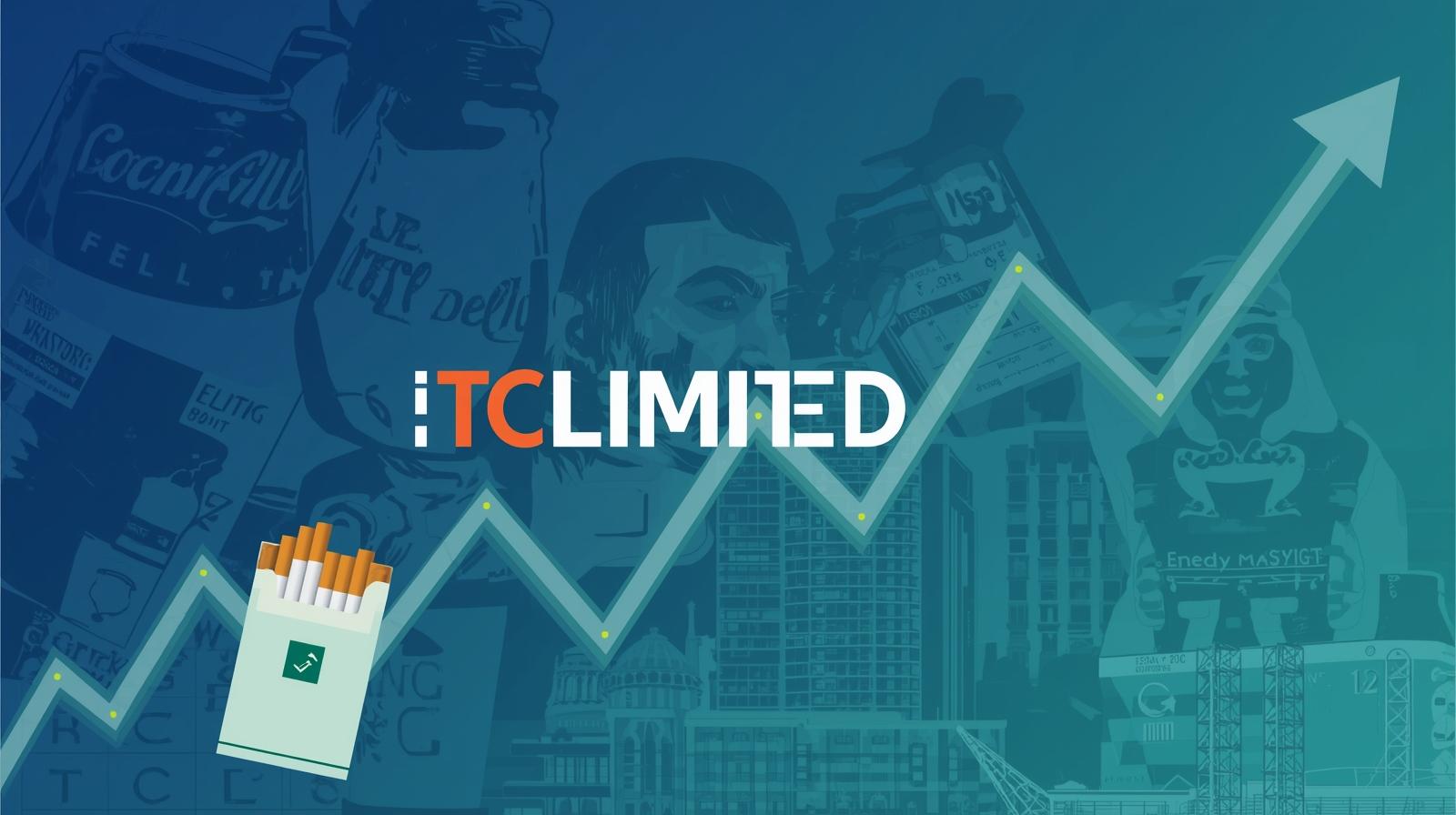India US trade deal 2025| India US tariffs| Indian exporters impact
India and the United States are reportedly close to sealing Phase-1 of a bilateral trade agreement, a development that could finally ease the high U.S. tariffs currently affecting multiple Indian export sectors. The deal is expected to roll back parts of the ~50% effective duties imposed earlier, and open selective market-access windows for Indian goods.
For exporters, the deal is a strong positive. For domestic manufacturers, however, impacts vary — some may face competitive pressure as tariff walls soften. Below is the full sector-wise breakdown of positive and negative outcomes.
THE LATEST ON THE DEAL
According to recent reports, Phase-1 is “almost complete” and focuses on:
- Rolling back elevated U.S. tariffs on Indian goods
- Improving market access where feasible
- Ensuring the deal is “fair, equitable and balanced,” as stated by Commerce Minister Piyush Goyal
- Protecting sensitive groups like farmers, fishermen and MSMEs
- Building goodwill through India’s first structured purchase of U.S. LPG
India’s record high trade deficit in October makes this agreement even more urgent for the export ecosystem.
POSITIVE IMPACTS ON INDIA
1. Boost for Export-Oriented Sectors
Tariff reduction directly improves competitiveness and margins for sectors heavily dependent on U.S. markets:
- Textiles & Apparel – stronger demand and pricing power
- Gems & Jewellery – relief from high import duties in the U.S.
- Electronics & Mobile Assembly – smoother export pipeline
- Select Auto Components – better access without punitive tariffs
These sectors are immediate winners.
2. Strong Market Sentiment
The deal reduces policy uncertainty, which can lead to:
- Short-term re-rating of U.S.-focused companies
- Higher foreign investor confidence
- Improved order flows for export-heavy midcaps
Stocks in these sectors could see near-term momentum.
3. Supply Chain Stability
A stable trade relationship helps:
- Attract more FDI into manufacturing
- Support PLI-linked industries
- Push India deeper into global supply chains
This strengthens India’s long-term export infrastructure.
4. Strategic Energy Benefits
India’s ~2 million tonne LPG purchase from the U.S. marks:
- A move toward diversified energy sourcing
- Better long-term energy security
- Lower dependence on Gulf suppliers
This benefits refiners, logistics firms, and energy importers.
NEGATIVE IMPACTS ON INDIA
1. Competitive Pressure on Domestic MSMEs
Reduced tariffs mean:
- Cheaper U.S. imports entering Indian markets
- Pressure on small domestic producers
- Margin compression for niche manufacturers
Impact will vary by sector, but MSMEs in protected industries may feel the heat.
2. Agricultural & Dairy Sensitivity
India is firm about protecting farmers and dairy producers. Any partial opening could:
- Hurt domestic cooperatives
- Create political pushback
- Require compensatory subsidies
Hence, large carve-outs are expected — but even small concessions may trigger domestic challenges.
3. Transitional Pain for Non-Competitive Firms
Companies used to tariff protection may face:
- Higher competition
- Lower pricing freedom
- Need to modernise or consolidate
This could affect regional and low-scale manufacturers.
4. Realignment in Energy Contracts
Shifting LPG sourcing to the U.S. means:
- Gulf suppliers lose volume
- Contract renegotiations for refiners
- Short-term logistical adjustments
This is temporary but impactful.
WINNERS & LOSERS: SECTOR SNAPSHOT
Major Winners
- Textiles & Apparel
- Gems & Jewellery
- Electronics, EMS & Mobile Assembly
- Select Auto Component Makers
- Energy Importers & LPG Logistics
Mixed/Neutral
- IT Services
- Pharma
- Capital Goods
Potential Losers
- Domestic MSMEs exposed to cheap U.S. imports
- Dairy/agri producers (depending on carve-outs)
- Gulf energy suppliers losing Indian share
WHAT INVESTORS SHOULD WATCH
- Export-oriented midcaps with U.S. exposure
- Fine print on tariff rollbacks and safeguards
- Monthly trade data for shifts in export volumes
- Domestic smallcaps vulnerable to import competition
A confirmed announcement could trigger short-term sector rallies.
CONCLUSION
The Phase-1 India–U.S. trade deal is a significant strategic milestone. It brings meaningful positives for Indian exporters, strengthens bilateral ties, and opens the door for long-term cooperation in manufacturing and energy.
However, its impact is not uniformly positive. Domestic industries protected by tariff barriers may feel competitive pressure, and sensitive sectors will require careful policy handling.
Overall, the agreement is a net positive for India, especially for export-led growth, investor sentiment, and global supply-chain positioning.
India US trade deal 2025| India US tariffs| Indian exporters impact
Latest Market News → Indian stock market analysis| Nifty 50 Today Analysis & Tomorrow Prediction | Support–Resistance, Sector-Wise Outlook: 18 Nov 2025
IPO & Corporate Action Updates → Excelsoft Technologies IPO: 2025 – Full Detailed Report | Price Band, GMP, Dates, Financials, Strengths, Risks, Market Impact & Retail Strategy
Indian Market Course→ LESSON 9 – CORPORATE ACTIONS: Bonus Shares, Stock Split & Rights Issue
📢 Join Our Market Community
📱 Stay updated on IPOs, Results & Market News:
- WhatsApp Channel: Join Now
- Telegram: Follow Updates
- Arattai: Connect with Us
📌 Stock Market Disclaimer
- Disclaimer: This post is for informational and educational purposes only and does not constitute financial advice or a recommendation to buy/sell any stock or share. Investing in the stock market involves risk. Past performance is not indicative of future results. Always conduct your own research or consult a licensed financial advisor before making investment decisions.
- The information provided on this platform is for educational and informational purposes only. It should not be considered as investment advice, stock recommendations, or financial guidance.
- ⚠️ Stock Market Investments
- Investing in equities, derivatives, mutual funds, and other financial instruments involves market risks, volatility, and the possibility of capital loss.
- Past performance of stocks or indices is not indicative of future returns.
- Always conduct your own research or consult a SEBI-registered financial advisor before making investment decisions.
- ⚠️ IPO (Initial Public Offerings)
- IPO details, issue size, subscription data, and allotment status shared here are based on publicly available information from company filings, stock exchanges, and merchant bankers.
- Investing in IPOs carries risks including listing volatility, business uncertainties, and sector performance dependency.
- Neither acceptance of applications nor allotment guarantees profits. Investors should evaluate their risk appetite before subscribing.
- ⚠️ GMP (Grey Market Premium)
- Grey Market Premium (GMP) is an unofficial and unregulated indicator of expected IPO listing price.
- GMP data is collected from market observers and informal trading circles; it does not have any legal or SEBI recognition.
- GMP values are highly speculative and may differ significantly from actual listing prices. Investors should not rely solely on GMP while taking investment decisions.
- ✅ General Advisory
- We do not provide any buy/sell/hold recommendations.
- Readers and investors are solely responsible for their investment actions and decisions.
- This platform, its authors, and affiliates are not liable for any direct or indirect financial loss arising from the use of this information.
- 🔒 Always invest responsibly and diversify your portfolio.
Open Demat Account
by Mirae Asset (m,Stock)


-
Indian Stock Market Today: Full Analysis + Tomorrow Outlook
Nifty Market Analysis Today| Bank Nifty Prediction| Fin Nifty Levels| Midcap Market Outlook| Indian Stock Market Today 📌 Index Performance…
-
Cloudflare Global Outage: What Happened and How It Impacted the World & India
Cloudflare Outage 2025| Cloudflare Outage| Cloudflare Down| Website Outage| CDN Issue| India Internet Issue| Global Internet Outage| DNS Failure| Tech…



